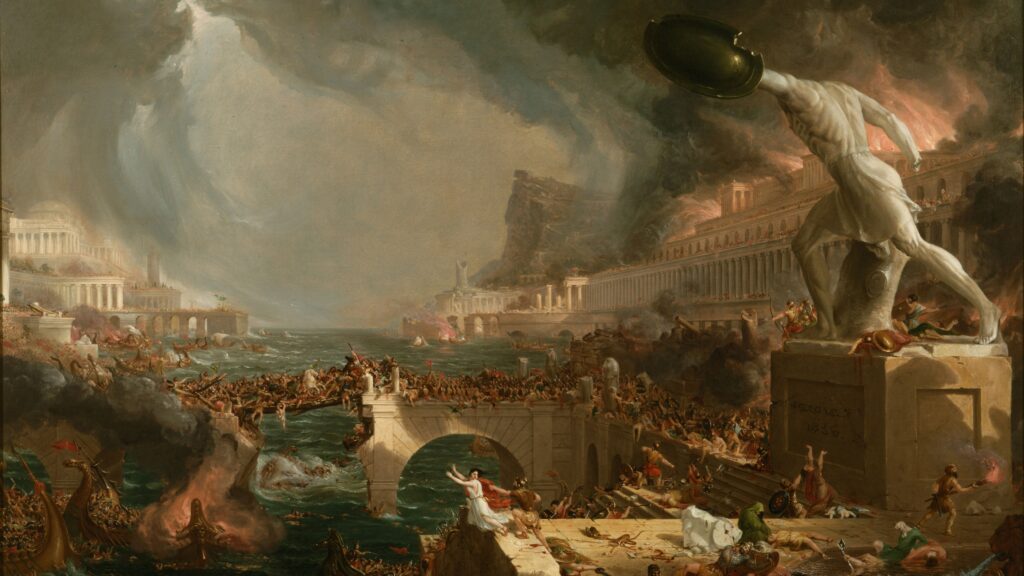The fall of the Roman Empire is a pivotal event in world history, marked by a series of military defeats that ultimately led to its collapse. At its height, the Roman Empire boasted a formidable military force that conquered vast territories and maintained order. However, as the empire expanded, it became harder to control, leading to significant military losses such as the Battle of Adrianople and invasions by various tribes. The Western Roman Empire eventually fell in 476 AD due to a combination of military weakness, economic decline, and political instability. The fall of Rome serves as a reminder of the importance of military strength and the consequences of defeat.
The Fall of the Roman Empire: How Military Defeats Led to Collapse
Introduction
The fall of the Roman Empire is one of the most significant events in world history. It marked the end of a powerful and influential civilization that had dominated much of the known world for centuries. While there were many factors that contributed to the collapse of the empire, one of the key reasons was a series of military defeats that weakened the empire’s power and ultimately led to its downfall.
The Military Might of Rome
At its height, the Roman Empire was a formidable military force. Its army was well-trained and well-equipped, and its legions were able to conquer and control vast territories. The Roman military was able to repel invasions and maintain order in its provinces for centuries. However, as the empire grew larger and more complex, maintaining control became more challenging.
Military Defeats and Losses
Throughout its history, the Roman Empire faced many military defeats that weakened its power and drained its resources. One of the most significant defeats was the Battle of Adrianople in 378 AD, where the Roman army suffered a crushing defeat at the hands of the Visigoths. This defeat marked a turning point in the empire’s fortunes and signaled the beginning of its decline.
Other military defeats followed, including the loss of territories in North Africa to the Vandals, the defeat by the Persians at the Battle of Edessa, and the sacking of Rome by the Visigoths in 410 AD. These defeats weakened the empire’s hold on its territories and drained its resources, making it increasingly difficult to defend against external threats.
Collapse of the Western Empire
By the early 5th century, the Western Roman Empire was in a state of decline. Its military was weakened, its territories were shrinking, and its economy was faltering. In 476 AD, the last Roman emperor in the West, Romulus Augustulus, was deposed by the Germanic chieftain Odoacer, marking the official end of the Western Roman Empire.
The fall of the Western Roman Empire was a result of a combination of factors, including military defeats, economic collapse, and political instability. The empire’s inability to defend its territories and maintain order ultimately led to its collapse.
Conclusion
The fall of the Roman Empire was a complex and multifaceted event, with many different factors contributing to its collapse. However, one of the key reasons was a series of military defeats that weakened the empire’s power and drained its resources. These defeats made it increasingly difficult for the empire to defend its territories and maintain order, ultimately leading to its downfall. The fall of the Roman Empire serves as a cautionary tale about the importance of military strength and the consequences of military defeat.
